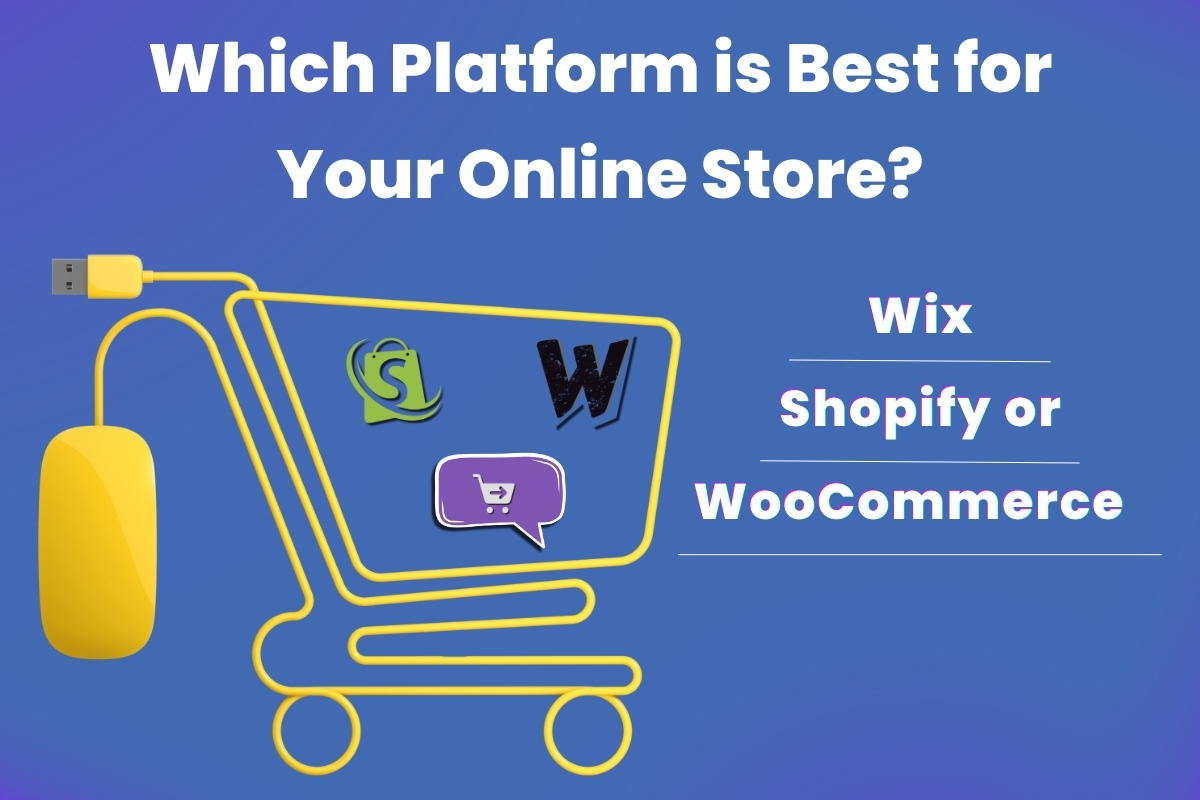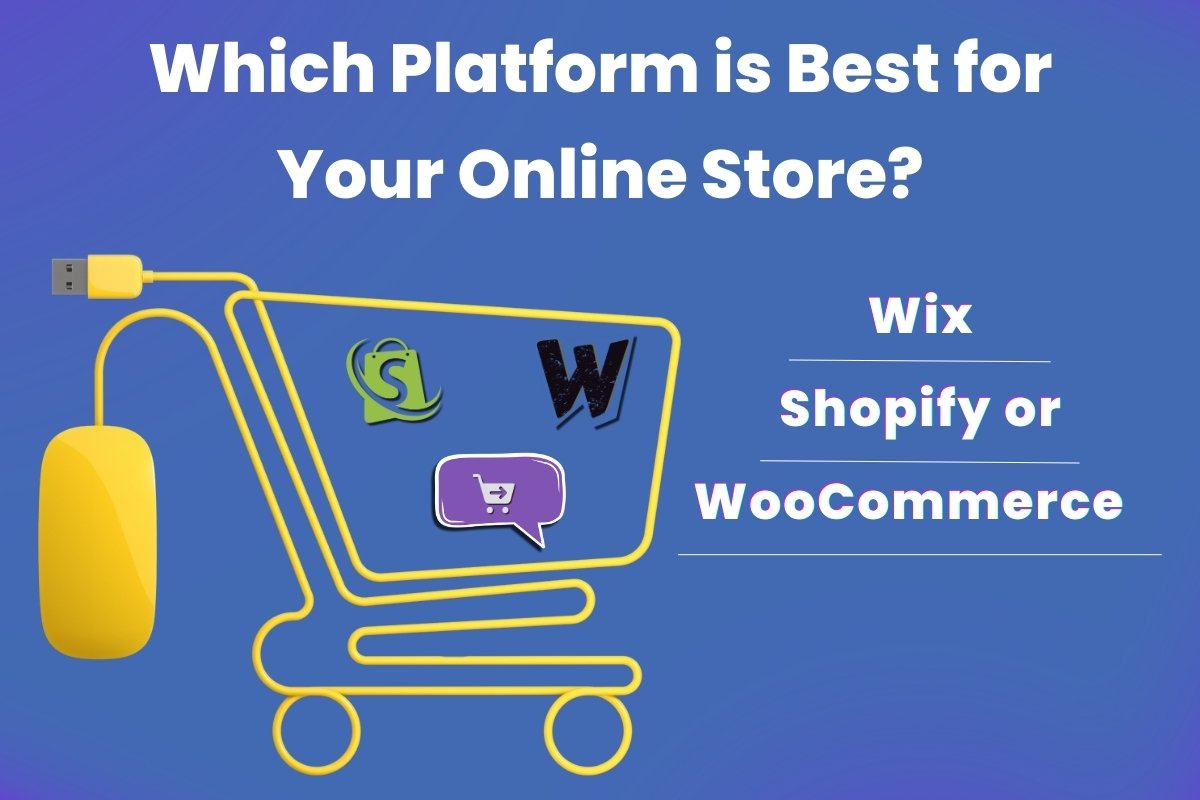
Shopify and WooCommerce are two of the most popular e-commerce platforms on the market, each with its own strengths and weaknesses. Choosing the right platform for your online store depends on your specific needs and preferences. In this introduction, we will provide an overview of both Shopify and WooCommerce, and discuss some of the key factors to consider when making your decision.
Shopify vs. WooCommerce: Choosing the Best Platform for Your Online Store
As an e-commerce entrepreneur, selecting the ideal platform for your online store is crucial. Two prominent options that come to mind are Shopify and WooCommerce. While both offer robust features, they cater to distinct needs. To assist you in making an informed decision, let’s delve into their key differences.
Ease of Use
Shopify excels in user-friendliness, making it accessible to individuals with limited technical expertise. Its intuitive drag-and-drop interface enables seamless store setup and management. Conversely, WooCommerce requires some technical proficiency, as it seamlessly integrates with WordPress, a content management system.
Customization
Shopify offers a wide range of customizable themes and apps to enhance your store’s aesthetics and functionality. However, if you require advanced customization options, WooCommerce stands out with its open-source architecture. Developers can modify its core code to suit specific requirements.
Payment Gateways
Shopify provides an array of payment gateways, including its own Shopify Payments. This eliminates the need for third-party integration and simplifies transaction handling. WooCommerce, on the other hand, offers a wider selection of payment gateways and supports PayPal by default.
Shipping and Taxes
Shopify seamlessly integrates with major shipping carriers, allowing for automated shipping calculations. It also offers built-in tax calculation tools to streamline tax management. WooCommerce requires manual integration with shipping carriers and relies on external plugins for tax calculation.
Cost
Shopify’s pricing plans start from $29 per month, offering various features and support levels. WooCommerce, being an open-source platform, is free to download and use. However, you may incur expenses related to hosting, security, and additional functionality.
App Ecosystem
Shopify boasts an extensive app ecosystem, providing access to hundreds of integrations that can enhance your store’s capabilities. WooCommerce also offers a vast selection of plugins, but the quality and reliability of these plugins may vary.
Ultimately, the best platform for you depends on your specific requirements. If you prioritize ease of use, comprehensive payment options, and an extensive app ecosystem, Shopify is an excellent choice. If you seek advanced customization options, flexibility, and cost-effectiveness, WooCommerce presents compelling advantages.
BigCommerce vs. Magento: A Comprehensive Comparison for E-commerce Businesses

Shopify vs. WooCommerce: Choosing the Best Platform for Your Online Store
When launching an online store, choosing the right e-commerce platform is crucial. Among the most popular options are Shopify and WooCommerce. Both platforms offer unique features and benefits, but understanding their differences will help you make an informed decision.
Shopify is a fully-hosted solution, which means that it handles all aspects of hosting, technical maintenance, and security. This makes it easy to set up and manage an online store, even for non-technical users. However, the convenience of Shopify comes at a cost. Monthly subscription fees and transaction fees can add up over time.
On the other hand, WooCommerce is an open-source plugin for WordPress, the most widely used content management system. This makes WooCommerce highly customizable, as it allows users to install plugins and extensions to enhance its functionality. Additionally, WooCommerce is free to use, which can be a major advantage for budget-conscious merchants.
However, the open-source nature of WooCommerce also brings some challenges. Merchants are responsible for hosting, security, and maintenance, which can require technical expertise. Moreover, finding and managing compatible plugins can be time-consuming.
Another key consideration is ease of use. Shopify’s user-friendly interface makes it straightforward for beginners to create and manage an online store. WooCommerce, while less user-friendly than Shopify, offers greater flexibility and customization options. This can be overwhelming for first-time users, but it can also be empowering for experienced merchants.
When it comes to payment processing, Shopify has a built-in payment gateway, while WooCommerce requires a third-party payment processor. This can add additional fees to WooCommerce users, but it also gives them more flexibility in choosing payment options.
Both Shopify and WooCommerce offer a wide range of features, including product management, order fulfillment, and marketing tools. Shopify’s app store provides access to a vast ecosystem of third-party apps, while WooCommerce’s plugin directory oferece even more options for customization.
Ultimately, the best platform for your online store depends on your individual needs and preferences. If you’re looking for a user-friendly, fully-hosted solution with a wide range of features out of the box, Shopify is a great choice. However, if you’re on a tight budget and want the flexibility and customization capabilities of an open-source platform, WooCommerce is an excellent option.
Salesforce Commerce Cloud vs. Adobe Commerce Cloud: A Guide for Enterprise E-commerce

Shopify vs. WooCommerce: Choosing the Best Platform for Your Online Store
In the realm of e-commerce, choosing the right platform for your online store is paramount. Two of the most popular contenders are Shopify and WooCommerce. Understanding their strengths and limitations is crucial for making an informed decision.
Ease of Use
Shopify boasts a user-friendly interface, making it suitable for beginners with minimal technical experience. Its drag-and-drop functionality simplifies store creation and customization. WooCommerce, however, requires WordPress installation, which can pose a learning curve for those unfamiliar with WordPress.
Design Flexibility
Both platforms offer a wide range of themes and templates. Shopify has a vast library of paid and free options, while WooCommerce relies on third-party themes and plugins. Additionally, Shopify provides more advanced customization options with its Liquid templating language.
Plugin and Integration Support
Shopify and WooCommerce offer robust ecosystems of plugins and integrations. Shopify’s App Store hosts over 6,000 apps, extending the platform’s functionality. WooCommerce, open-source in nature, has access to thousands of free and paid plugins from various sources.
Payment Options
Shopify integrates seamlessly with its own payment gateway, Shopify Payments. It also supports third-party gateways like PayPal and Stripe. WooCommerce, on the other hand, requires a separate payment gateway plugin, such as PayPal or Square.
Cost
Shopify plans start from $29 per month, with additional fees for transactions. WooCommerce is free software, but you’ll need to pay for web hosting, a domain name, and potential plugins. The total cost may vary depending on your store’s requirements.
Support
Shopify provides 24/7 support via phone, live chat, and email. WooCommerce relies on its extensive online documentation and community forums. However, paid support options are available through third-party providers.
Which Platform is Right for You?
If you prioritize ease of use, a vast app ecosystem, and 24/7 support, Shopify is an excellent choice. For those seeking greater design flexibility, plugin availability, and cost-effectiveness, WooCommerce is a viable option.
Ultimately, the best platform for your online store depends on your specific needs and preferences. By carefully considering the factors discussed above, you can make an informed decision that will drive success in your e-commerce endeavors.
Conclusion
Both Shopify and WooCommerce provide robust eCommerce platforms with unique strengths and limitations.
Shopify offers ease of use, a wide range of templates and apps, and reliable hosting, making it ideal for beginners and those seeking a hassle-free solution. However, it can be more costly, especially for high-volume stores or those requiring customization.
WooCommerce, on the other hand, offers greater flexibility and customization options, along with access to WordPress’s vast ecosystem of plugins. It is suitable for experienced users or those seeking more control over their store’s design and functionality. However, WooCommerce requires technical expertise and can be more complex to set up and manage.
Ultimately, the best platform choice depends on your specific needs and preferences. If you prioritize ease of use, Shopify provides a user-friendly experience. If you prioritize customization and cost-effectiveness, WooCommerce is the better option.

